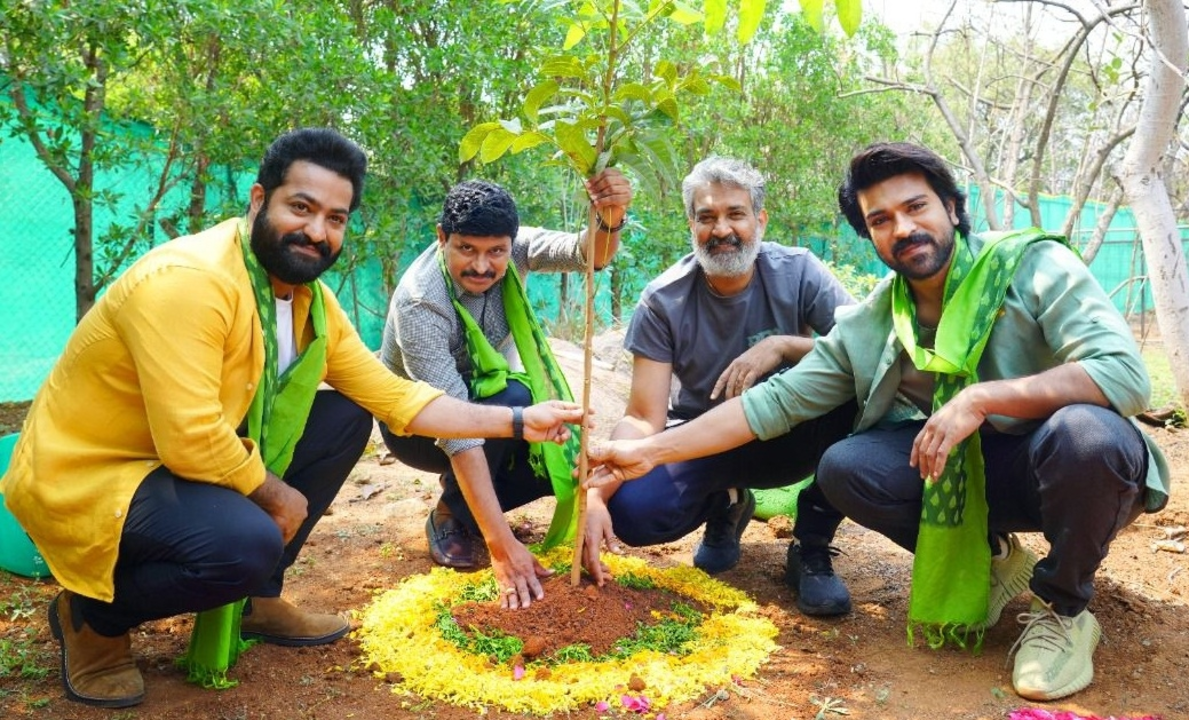1. Overpopulation and Urbanization
One of the most significant drawbacks of living in India is the country's overpopulation. With a population of over 1.3 billion people, India is the second-most populous country in the world, and this has led to numerous issues, including high unemployment rates, a shortage of resources, and increased competition for essential services like education and healthcare.
This overpopulation has also resulted in rapid urbanization, which has led to a host of other problems. Cities like Delhi, Mumbai, and Bangalore are densely populated, leading to a lack of housing and infrastructure, traffic congestion, and a reduced quality of life for residents.
2. Pollution and Environmental Concerns
Another major drawback of living in India is the high levels of pollution, particularly in urban areas. Air and water pollution have reached alarming levels in many cities, posing a significant risk to public health. According to the World Health Organization (WHO), 14 of the world's 20 most polluted cities are in India, with Delhi being the most polluted capital city globally.
In addition to air and water pollution, India also faces challenges related to waste management, deforestation, and climate change. This affects not only the health and well-being of humans but also the country's rich biodiversity and natural resources.
3. Poverty and Income Inequality
Despite being one of the world's fastest-growing economies, India still struggles with widespread poverty and income inequality. A significant percentage of the population lives below the poverty line, lacking access to basic necessities like food, clean water, and sanitation.
Income inequality is also a significant issue in India, with the gap between the rich and the poor growing wider each year. Although the country has made strides in poverty alleviation in recent years, the problem persists and has been exacerbated by the COVID-19 pandemic, which has hit the poorest sections of society the hardest.
4. Corruption and Bureaucracy
Corruption is a pervasive issue in India, affecting all levels of society and government. From petty bribes to large-scale scams, corruption is a part of daily life for many Indians. This not only leads to a lack of trust in the system but also hampers economic growth and development.
Bureaucracy is another challenge faced by those living in India. The country's complex and cumbersome administrative system can be incredibly frustrating to navigate, with endless paperwork, red tape, and delays. This inefficiency can be particularly challenging for businesses and entrepreneurs, making it difficult to start and run a business successfully.
5. Healthcare and Education
India's healthcare and education systems face numerous challenges, including inadequate infrastructure, a lack of resources, and uneven access to quality services. While there are world-class hospitals and educational institutions in India, they are often limited to urban areas and are unaffordable for the majority of the population.
In rural areas, healthcare facilities are often scarce or lacking in quality, leading to high rates of preventable illnesses and deaths. Similarly, the quality of education varies greatly across the country, with many schools lacking basic amenities and trained teachers. This contributes to high dropout rates and a low overall literacy rate.
6. Gender Inequality and Social Discrimination
Gender inequality is a significant issue in India, with women facing discrimination, violence, and limited opportunities in various aspects of life. The country has a skewed sex ratio due to female infanticide and sex-selective abortions, and women often have limited access to education, healthcare, and decision-making power.
Social discrimination is also prevalent in India, with caste-based discrimination affecting millions of people. Although the caste system has been officially abolished, it continues to shape social interactions and opportunities, resulting in exclusion and marginalization for many.
7. Safety and Crime
While India is generally considered a safe country for tourists, residents often face issues related to safety and crime. Petty crime, such as theft and pickpocketing, is common in crowded areas and public transport. More serious crimes, including sexual assault and violence against women, have also been on the rise in recent years.
The police and legal system can be inefficient and unresponsive, making it difficult for victims to seek justice. Additionally, the lack of proper street lighting and infrastructure in many areas can contribute to a sense of insecurity, particularly for women and vulnerable populations.
8. Traffic and Transportation
Traffic congestion is a significant issue in India, particularly in large cities like Delhi, Mumbai, and Bangalore. The rapid increase in the number of vehicles on the road, coupled with inadequate infrastructure, has led to long commutes, increased pollution, and a high rate of road accidents.
Public transportation options are often crowded, unreliable, and uncomfortable, making daily travel a challenge for many Indians. The country's railways, while extensive, are also plagued by delays, accidents, and a lack of modern amenities. These transportation issues can have a significant impact on the overall quality of life for those living in India.
9. Unemployment and Job Insecurity
India faces a significant challenge in providing employment opportunities for its large and growing population. Unemployment rates have been on the rise, particularly among the educated youth, leading to frustration and disillusionment.
Job insecurity is also a major concern, with many workers employed in the informal sector with no job security or benefits. The COVID-19 pandemic has only exacerbated these issues, with millions of migrant workers losing their jobs and being forced to return to their hometowns and villages, where opportunities are scarce.
10. Political Instability and Regional Tensions
India's diverse and often divisive political landscape can result in periods of instability and uncertainty. Political parties and leaders frequently engage in populist rhetoric, and communal tensions can erupt into violence. This can create an environment of insecurity and unease for residents, particularly those belonging to minority communities.
Regional tensions, such as the ongoing conflict with neighboring Pakistan and border disputes with China, also contribute to a sense of instability and insecurity. These geopolitical issues can have far-reaching implications for the country and its residents, affecting everything from trade and investment to national security.
